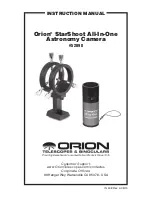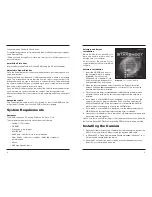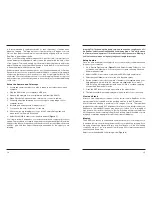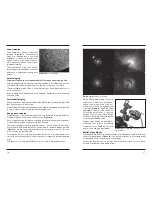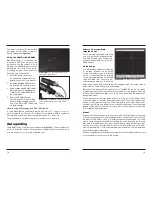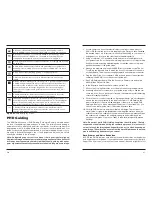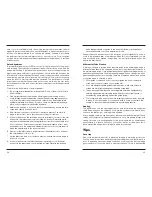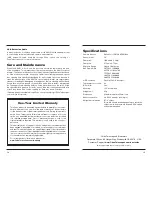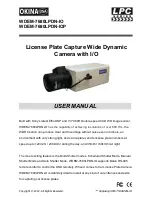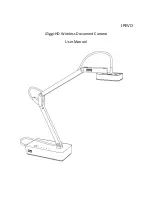
16
17
lunar Imaging
Lunar imaging is similar to planetary
imaging (
Figure 17). Fast exposure
times are required due to the high
brightness of the moon. Similar tech-
niques used to align and stack plan-
etary images can also be used for lunar
image processing.
The current phase of the moon will dic-
tate the exposure setting due to the vast
difference in brightness during each
phase.
Solar Imaging
Warning: Always use a full aperture Solar Filter when observing the Sun.
With a properly fitting full-aperture solar filter attached to your telescope, you can
use the SSAIO to take images of the Sun and the sunspots on its surface.
(Filters available through Orion. Check the catalog or OrionTelescopes.com for
more information).
Solar imaging, like Planetary and Lunar imaging requires fast frame rates and
exposure times.
terrestrial Imaging
Nature and scenic imaging is possible with SSAIO when used with the wide field
lens, fish eye lens or a telescope.
When using with a telescope the aperture may need to be stopped down (reduced
in size) in order to reduce the brightness during daytime.
Deep Space Imaging
Long exposures of up to 10 minutes give the user the ability to capture Galaxies,
Clusters, Nebulas, Comets and even asteroids (
Figure 18).
Note: Long exposures will require a tracking mount with decent polar alignment.
For best results a guide camera should also be used.
The longer the exposure the higher the amount of noise and hot pixels there-
fore automatic dark frame subtraction can be used to calibrate images real time
(
Figure 13) thereby vastly reducing the post processing time later on. This fea-
ture also gives the best live view.
Focusing can be tricky with long exposures therefore it is recommended to first
start with a shorter exposure in order to frame your target and get best possible
focus.
Use the zoom tool and the FWHM focus tool in order to achieve best focus.
Select FWHM and double click on a
bright star. A green box will appear
around the star and in the Focus tool
window one can see a magnified view
of the star (
Figure 8). Using the value
displayed at the top of the screen as
your guide, adjust focus to get this
number as small as possible. When
finished focusing, the exposure can be
set to a higher desired value.
Take as many frames as possible for
combining later in post processing
software such as RegiStax. This will
reduce noise and give best details.
Digital Video Finder
Included with the SSAIO is a finder bracket (with adjustable thumb screws) and
an 8mm wide field lens (
Figure 19). The bracket attaches to a standard finder
scope saddle found on the majority of telescopes.
Loosen the thumb screw on the lens and rotate end of lens to focus. Once
focused locked down using thumb screw.
Figure 18.
Deep Space Imaging.
Figure 19:
The
SSAIO configured as a
digital finder.
Figure 17.
Lunar imaging.

